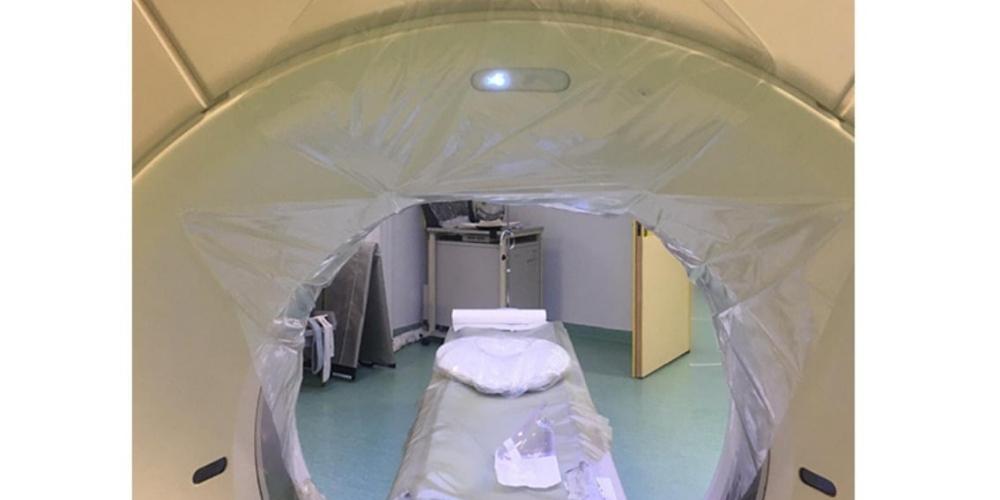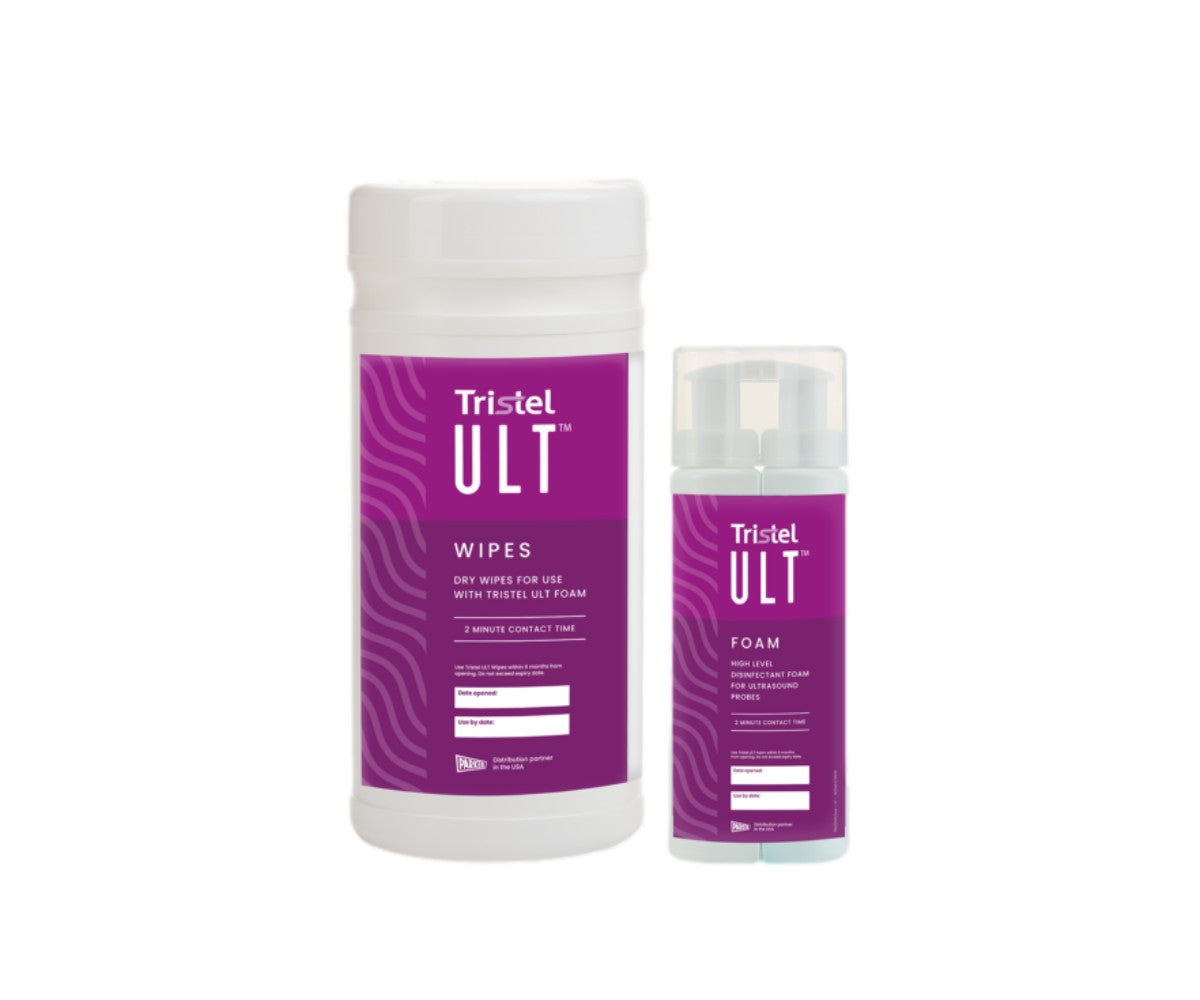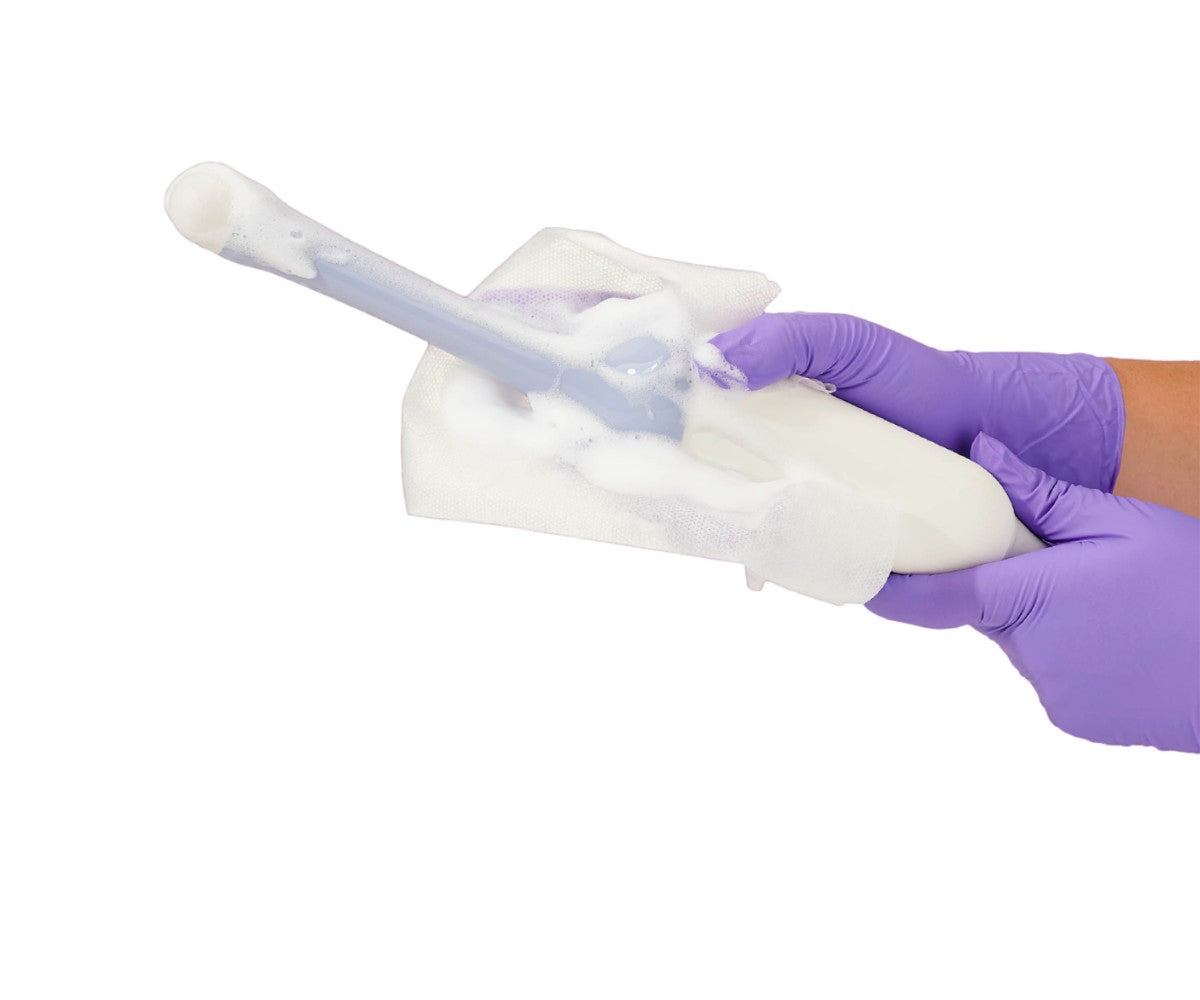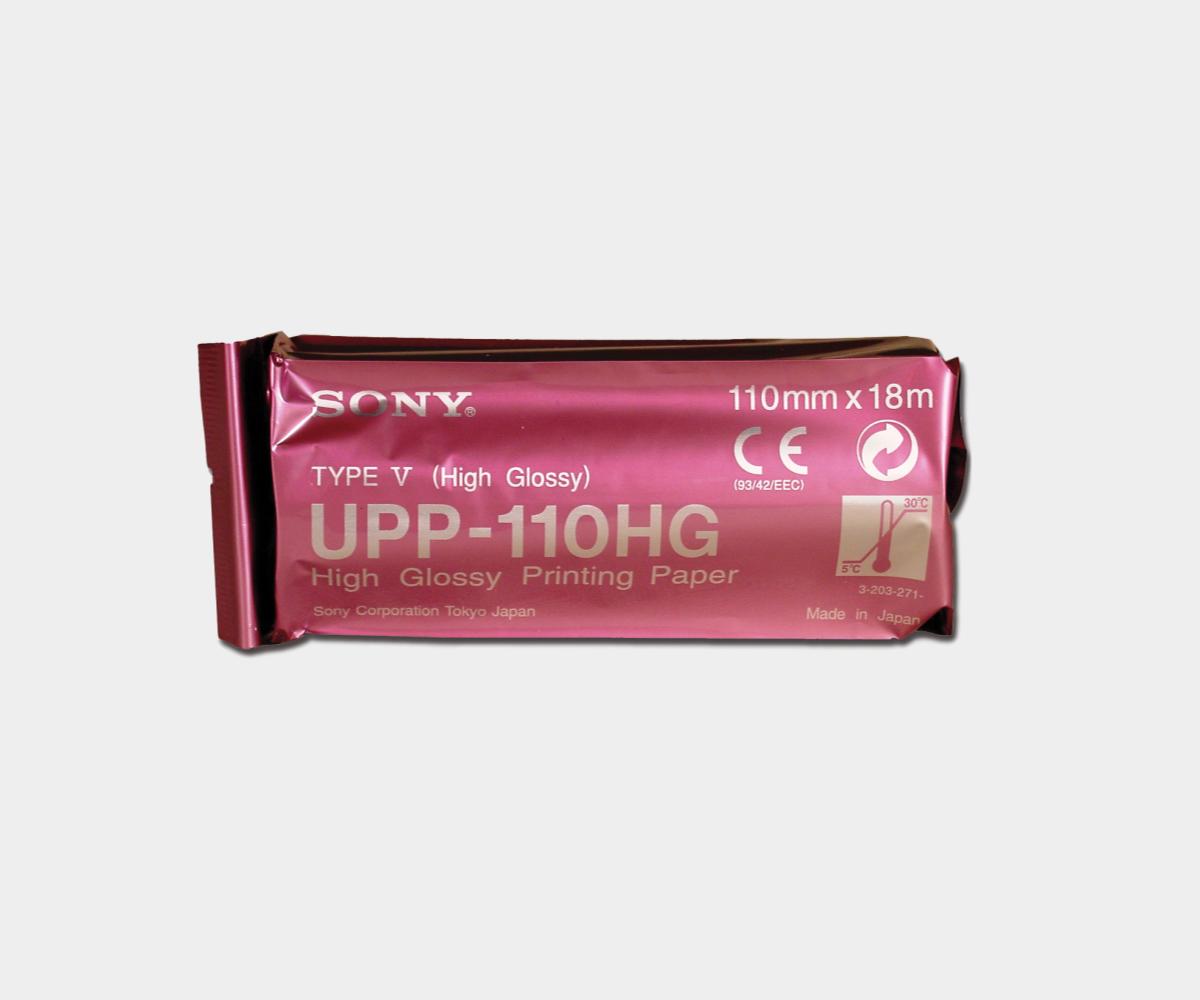Interventional radiology is a subspecialty of radiology. It consists of invasive medical procedures assisted by medical imaging apparatus such as x-ray, computed tomography (CT scanners), and ultrasound. Those devices help practitioners by guiding them during interventions. The goal here is to precisely locate and access the targeted area inside the patient’s body three different ways: intervention by cutaneous route, access by a natural orifice of the body, and/or access by the vascular network.
Since these medical imaging devices are used during invasive procedures, they require the creation of a strict protocol to ensure their proper protection and disinfection.
Choosing CT scanners as a guiding system
There are many guiding systems used for interventional practice. Selecting the proper one will depend on the accessibility of the targeted zone.
Most of the time guidance will be ensured by a CT scanner. In the other cases, the principle is the same and guidance could be done via x-ray, ultrasound, or MRI.
CT scans are vastly used in the US as we count 42.4 devices for 1 million inhabitants in 2020, allowing for over 80 million scans to be performed each year. From a study published in 2021, we also know that nearly 1 in 10 US inpatients are treated with interventional radiology.

CT scanners deliver excellent image quality, high spatial resolution and contrast, and a wide field of view. Considering these benefits, it is easy to see why CT is heavily used in the context of interventional radiology. These scanners combine a series of X-ray images taken from different angles around the patient and use computer processing to create cross-sectional images (slices) of the target area. The best performing CT scanners can display a slice in just 0.25 seconds!
Sterile drapes as a barrier of protection
To prevent healthcare-associated infections (HAIs), the CT scanner should be fully protected and disinfected after every procedure in interventional radiology. In the COVID-19 pandemic nowadays, this point is increasingly necessary, as cross-infection risk is very high. Since CT scanners are very effective in detecting anomaly in lungs, they are heavily used to track and treat severe cases of coronavirus.
Since the risk of cross-contamination is higher with COVID-19 patients, radiologists should not eliminate disinfection from their protocol. Hospital-grade disinfectants, such as SONO wipes and Parker Protex wipes, are effective against a wide range of healthcare-associated infections including COVID-19 and are suitable for use on CT scanners. It is also important for radiologists working in interventional settings to keep this in mind as these procedures carry a higher risk for patient safety. Using hospital-grade wipes to clean and disinfect CT scanners minimizes the risk of infection.

Interventional radiologists must ensure that their devices are properly disinfected and covered during procedures to maximize patient safety. The use of CT drapes also ensures that the CT scanner is protected from blood and/or bodily fluids that could damage the machine. The drape acts as a physical barrier to potential liquid damage and also prevents the fluids from contaminating the scanner. Utilizing the drape in tandem with an approved disinfectant works to maximize patient safety in the IR suite.
Ideally, CT scanners should be protected with drapes installed directly on the device. They must be compatible with the plethora of CT scanners on the market, made by major manufacturers such as Samsung, Philips, GE, and Siemens Healthcare.

Drapes for CT scanners must be sterile to prevent cross contamination of infectious agents when interventions are performed with the help of the device. These interventional settings are sterile environments and all devices present must be properly sheathed to protect the sterile field. Failing to do so can propagate the spread of disease as pathogens can easily colonize unprotected medical devices, including CT scanners.
Sterile drapes for CT scanners are designed to allow for quick and easy installation. They are efficient, and most importantly, they offer optimal protection of the upper part of the arch, thanks to pieces of adhesive strips at its four ends.
These single-use CT drapes can then be quickly switched, while protecting sensitive parts of the scanner, especially zones directly in contact with patients.

The front control panel is also very exposed since it centralizes all the commands, allowing the practitioner to interact with the device. A second sterile drape specially designed for this panel is included to protect this sensitive part as well.
Used by hospitals across the country, this solution answers the infection control need of practitioners. This is particularly true in interventional radiology where patients are many times exposed to high risks of cross-contamination due to close contact with imaging equipment, such as CT scanners. Combined with disinfection, it offers maximum infection control for the patients and the staff, and ensure a proper protection of the device.
Get more information about our full range of sterile surgical equipment drapes here.






